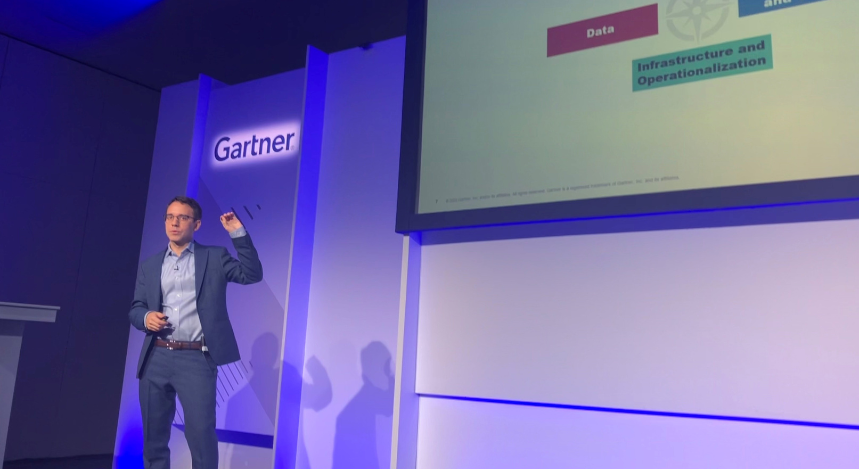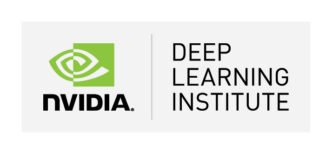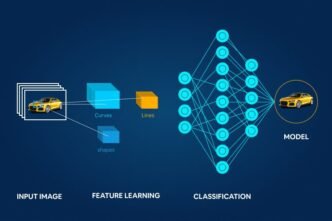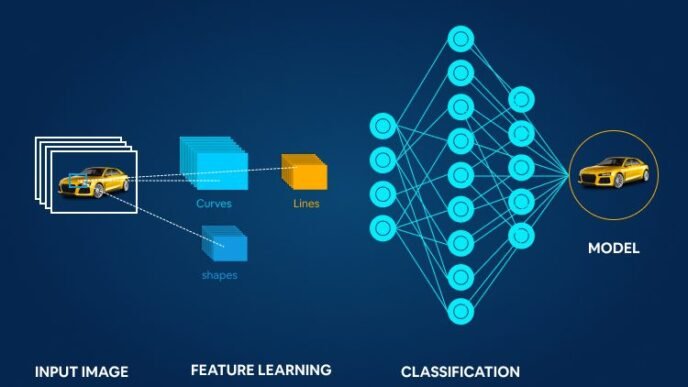CIOs Challenged to Harness AI’s Full Potential Amid Surging Costs and Uneven Gains
The Gartner IT Symposium/Xpo 2024 in Orlando has become the epicenter of a technological revolution, revealing profound insights into the rapidly evolving realm of artificial intelligence (AI). As over 8,000 CIOs and IT executives gather, the symposium sheds light on the pressing challenges that leaders face in maximizing AI’s potential, against a backdrop of escalating costs and varying levels of productivity enhancements.
The Dual Pace of AI Implementation
Gartner’s distinguished VP analysts, Mary Mesaglio and Hung LeHong, captivated audiences with a keynote that dissected the dual pace at which organizations adopt AI. For those with modest AI ambitions, a steady, methodical pace is viable. Yet, industries undergoing radical transformation due to AI are forced into a sprint, striving to keep up with the accelerated pace of technological change.
Unequal Productivity Gains: A Barrier to Universal Adoption
While AI promises substantial productivity boosts, not all employees reap the same benefits. A survey involving over 5,000 digital workers across continents like North America and Asia shows a weekly time saving of 3.6 hours on average due to generative AI tools. However, the impact varies significantly with the complexity of job roles and the individual’s depth of engagement with these technologies.
Skyrocketing Costs: The Hidden Thorn in AI’s Side
A shocking revelation from the symposium is the underestimation of AI costs, which could be erroneously projected by 500% to 1000%. Mesaglio warns, “Managing the financial outlay of AI is as critical as its implementation.” Over 90% of CIOs acknowledge cost as a major hurdle in realizing AI’s value, necessitating meticulous planning and negotiation with vendors to curtail spiraling expenses.
The ‘Tech Sandwich’ Model: Future of AI Infrastructure
LeHong introduced the groundbreaking ‘Tech Sandwich’ model to illustrate the future AI tech stack essential for modern enterprises. This model encompasses centralized IT-managed data and AI at the bottom, decentralized data from various enterprise corners at the top, and the crucial layer of Trust, Risk, and Security Management (TRiSM) technologies in the middle. This structure is pivotal for managing the dispersed nature of AI applications and ensuring security and compliance.
Strategic Management of AI Benefits
The variability in AI’s benefits across different organizational levels suggests a need for a strategic approach to manage its advantages. “Think of AI benefits as a portfolio,” advises Mesaglio. Organizations need to evaluate the potential rewards and associated risks with AI-driven operations and tailor their strategies to optimize returns.
Key Takeaways for Tomorrow’s AI-Driven Enterprise
The insights from Gartner’s symposium are clear: the path to AI maturity requires a balanced approach, embracing both innovative zeal and prudent management. As AI continues to redefine industries, CIOs must adapt to a landscape where strategic foresight, financial acumen, and an inclusive approach to technology benefits are more crucial than ever.
The Gartner IT Symposium/Xpo 2024 not only highlights the complexities of integrating AI into business strategies but also charts a course for future leaders aiming to harness this disruptive technology. As the conference unfolds, the lessons gleaned will undoubtedly shape the strategies of tomorrow’s enterprises, propelling them towards a future where AI is not just a tool, but a transformative force.












